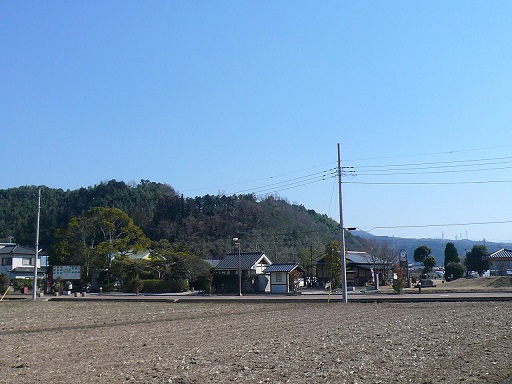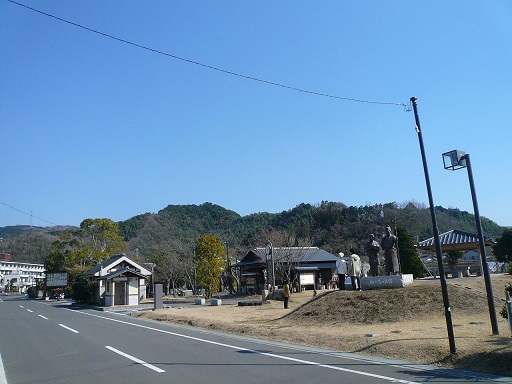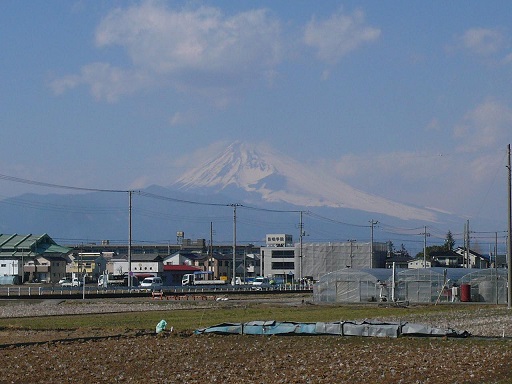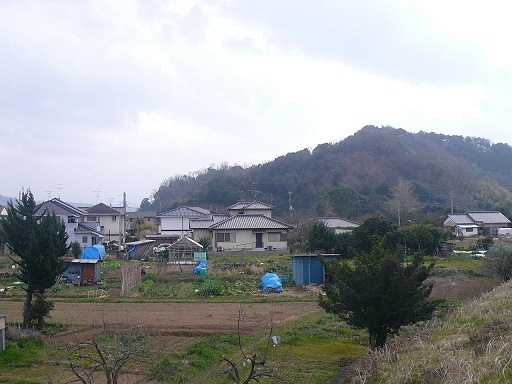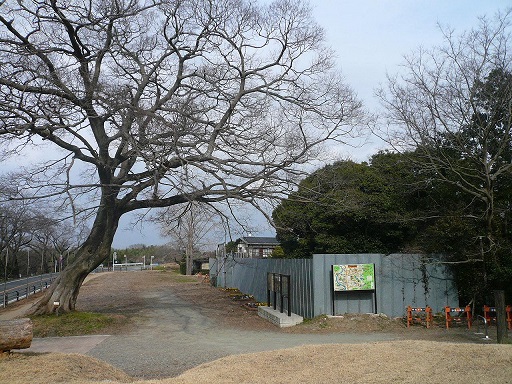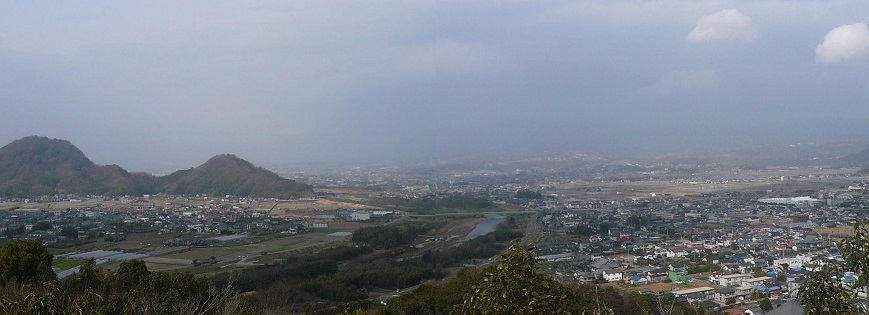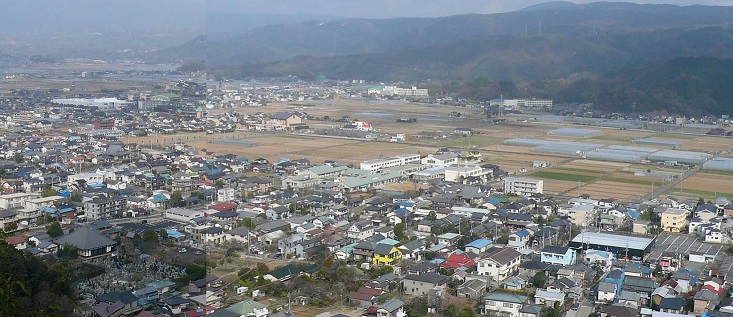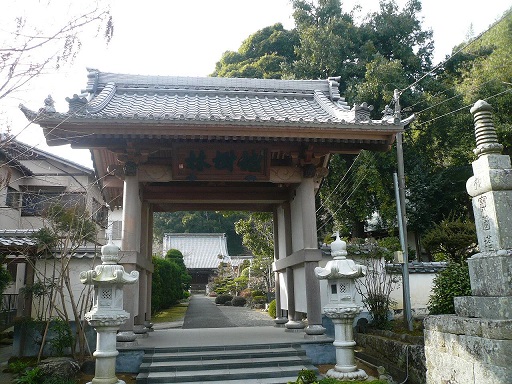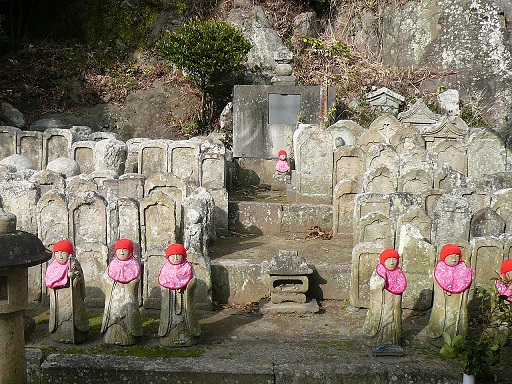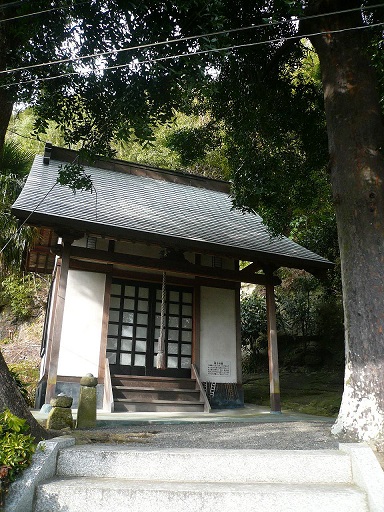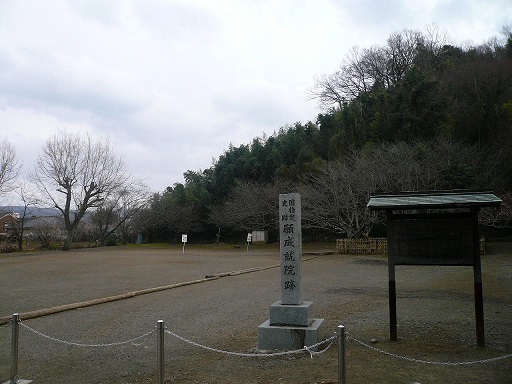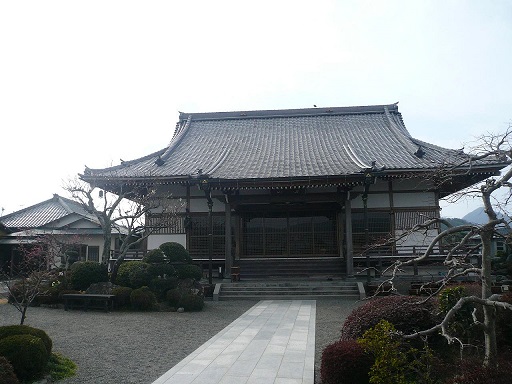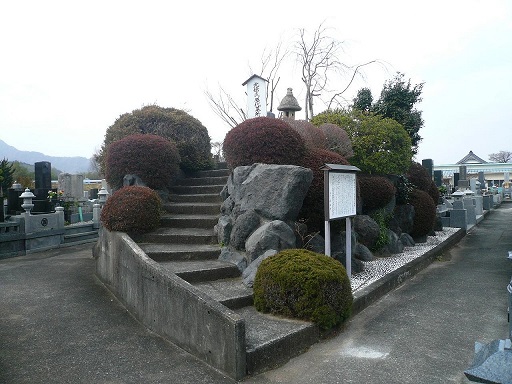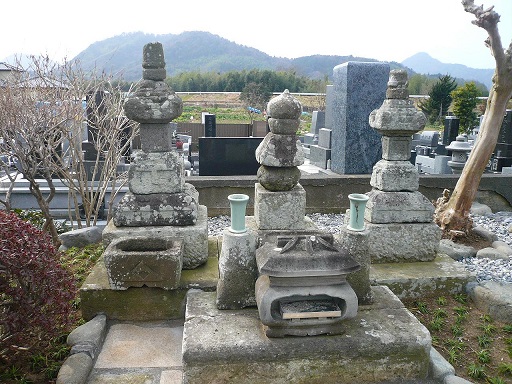|
Ruins of HOJYO Clan in Nirayama
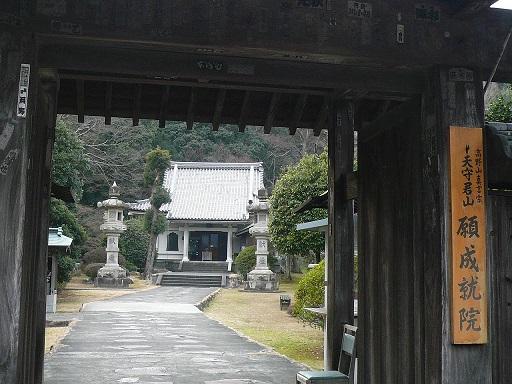
Nirayama is located in the northern part of the Izu Peninsula. In the Heian Age (794 - 1185) , Nirayama was in the territory of the HOJYO Clan.In the Heian Age (794 - 1185) , Emperors governed Japan as a centralized government with supported by noble people. The second-class noble people were assigned as governors of local territories. Such noble people had the responsibility to collect taxes from assigned local areas. But, they transferred this duty to a local clan and enjoyed their elegant and luxurious life in Kyoto. This procedure enabled local clans to gain power. The HOJYO Clan was one of these local clans.Battels and conflicts increased between local clans. These local clans became "Samurais", armed groups, and they increased their power. At the end of the Heian Age, the "Heishi" Clan and the "Genji" Clan were the leader of "Bushi" groups. In 1160, "Heiji" Disturbance occurred and the "Heishi" and the "Genji" Clans fight battels against each other. As the results, "Heishi" won against "Genji". MINAMOTO-NO, Yoshitomo (1123 - 1160) , the leader of the "Genji" Clan, lost his life and his children were banished to rural areas far from Kyoto. MINAMOTO-NO, Yoritomo (1147 - 1199) , who was the third son of MINAMOTO-NO Yoshitomo, was exiled to Hiruga-Kojima in Nirayama. The exile of MINAMOTO-NO Yoritomo changed the destiny of the HOJYO Clan and also the destiny of Japan in the Middle Age. |
